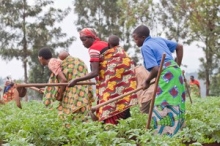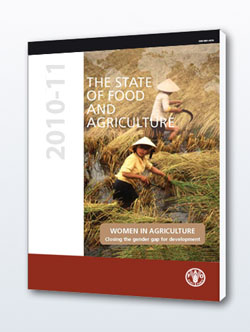The 40th anniversary of CGIAR demands recognition if only because the group is part of a dying breed.
Research into farm productivity has been starved over the last thirty years in the developed world where hunger has been far enough from our door that we've become complacent about our ability to keep growth in farm yields ahead of growth in human population.
Holding this increasingly thin green line are the likes of CGIAR (the Consultative Group on International Agricultural Research). Since 1971 the collaborative research driven by this group featured heavily in the Green Revolution. For example, a 2010 Food Policy journal article estimates "about 60 per cent of the food crop area planted to improved varieties is occupied by many of the 7,250 varieties resulting from CGIAR research".
And this: a 2003 study concluded that without CGIAR's work developing countries would be producing 7-8 per cent less food and some 13-15 million more children would be malnourished.
A review of the group's contribution to farm productivity and food security can be read at http://www.cgiarfund.org/cgiarfund/cgiar_at_40.
Collectively the developed world has dropped the ball with farm production research, with government funding in massive decline since about 1980. This short-sighted approach has caught up with us, but few have yet noticed.



